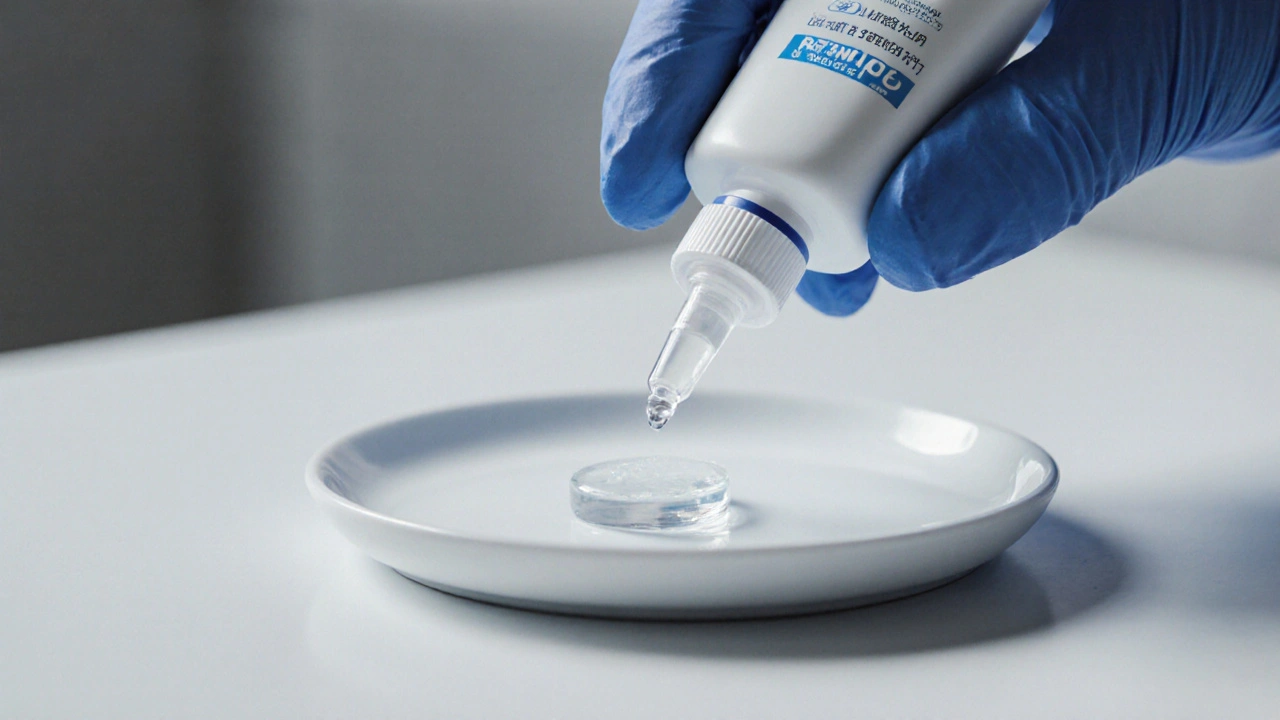Retin A – Everything You Need to Know
When working with Retin A, a prescription‑strength cream that contains tretinoin to treat acne, reduce fine lines, and improve overall skin texture. Also known as tretinoin cream, it targets the underlying cause of clogged pores and boosts cell turnover. The drug belongs to the tretinoin family, a retinoid that works by encouraging shed of old skin cells and stimulating new growth, making it a go‑to option for many dermatologists. In fact, Retin A acne is a common skin condition characterized by excess oil, dead cells, and bacteria often improves within weeks when the cream is used correctly. The relationship between dermatology the medical specialty focused on skin health and Retin A is strong: specialists prescribe it not only for active breakouts but also for post‑inflammatory hyperpigmentation and early signs of aging.
How Retin A Works with Everyday Skin Care
Understanding the science helps you avoid common pitfalls. Retin A’s active ingredient, tretinoin, binds to nuclear receptors in skin cells, triggering a cascade that speeds up epidermal turnover. This process clears clogged pores, smooths rough patches, and encourages collagen production. Because faster turnover can also lead to temporary dryness or irritation, dermatologists often pair Retin A with gentle moisturizers products that restore barrier function and lock in hydration. The typical regimen starts with a low concentration applied every other night, gradually increasing frequency as tolerance builds. Timing matters: applying the cream at night reduces sun‑induced degradation, while using a broad‑spectrum sunscreen each morning protects the newly exposed skin.
Beyond acne, Retin A plays a role in managing photoaging and melasma. Its ability to promote collagen synthesis makes it valuable for reducing fine lines, while its exfoliating action fades dark spots over time. However, it isn’t a one‑size‑fits‑all solution. Patients with sensitive skin, eczema, or active infections should discuss alternatives with their dermatologist first. Lifestyle factors—like smoking, poor diet, and inadequate sleep—can also blunt the benefits, highlighting the need for a holistic skin care routine that includes cleansing, moisturizing, and sun protection. When you combine Retin A with these basics, you set the stage for visible, lasting improvements.
Below you’ll find a curated collection of articles that dive deeper into specific aspects of Retin A: comparisons with other retinoids, safety guidelines for pregnancy, real‑world dosing tips, and how to manage side effects. Whether you’re just starting out or looking to fine‑tune an established routine, the posts ahead give practical, evidence‑based guidance to help you get the most out of this powerful dermatology tool.
Retin A 0.05% (Tretinoin) vs. Popular Alternatives: Comprehensive Comparison
A detailed comparison of prescription Retin A 0.05% (tretinoin) versus popular over‑the‑counter retinoids, covering effectiveness, side‑effects, usage tips, and how to pick the right option.
READ MORE
